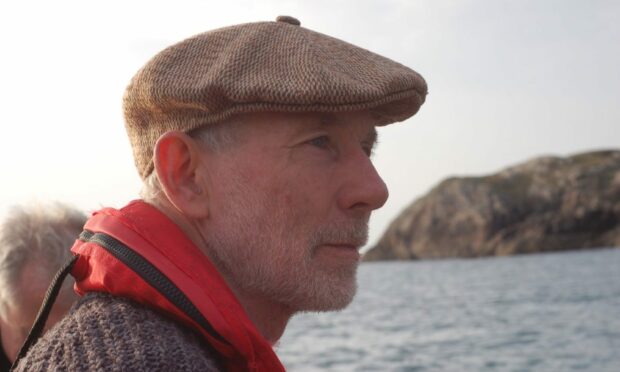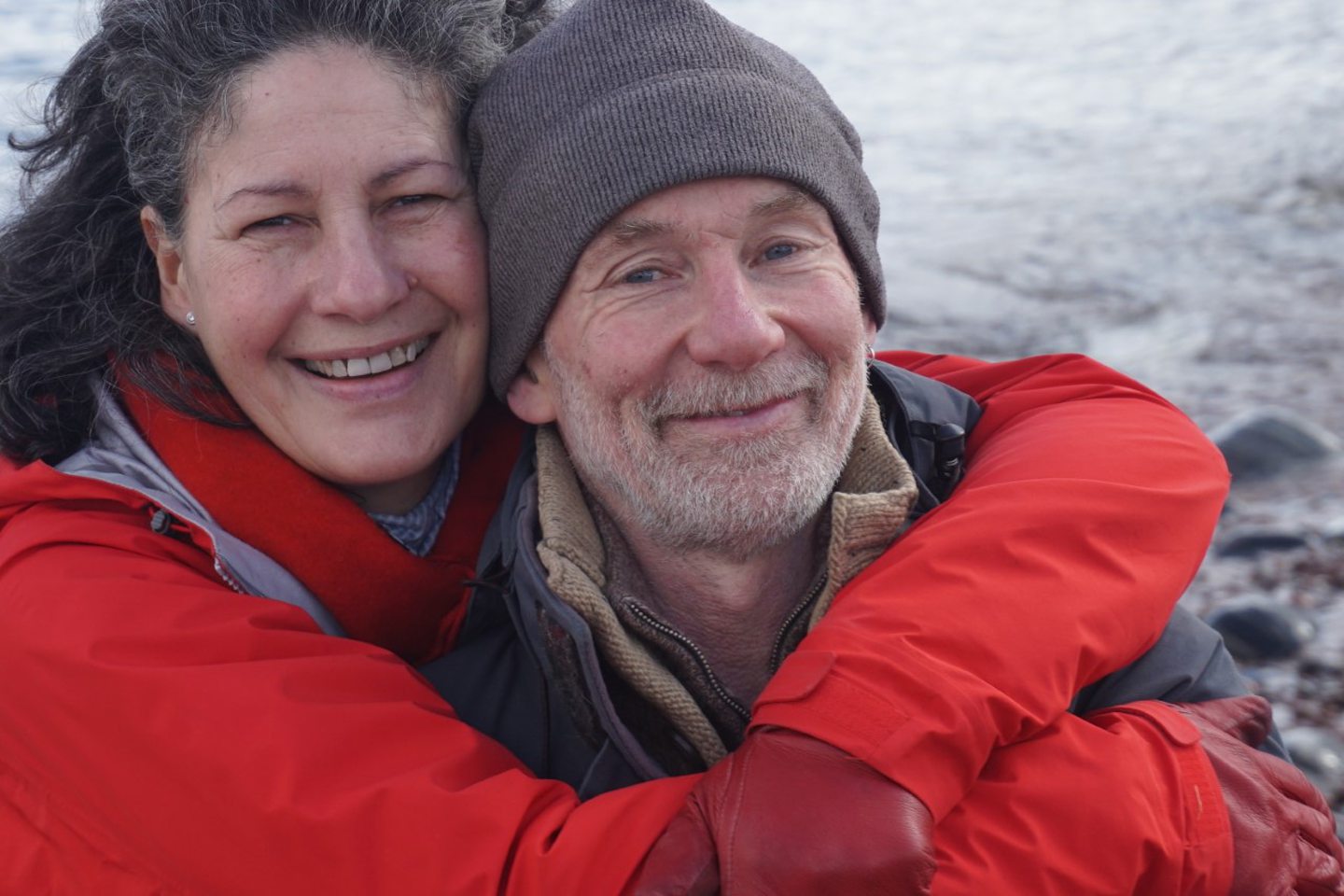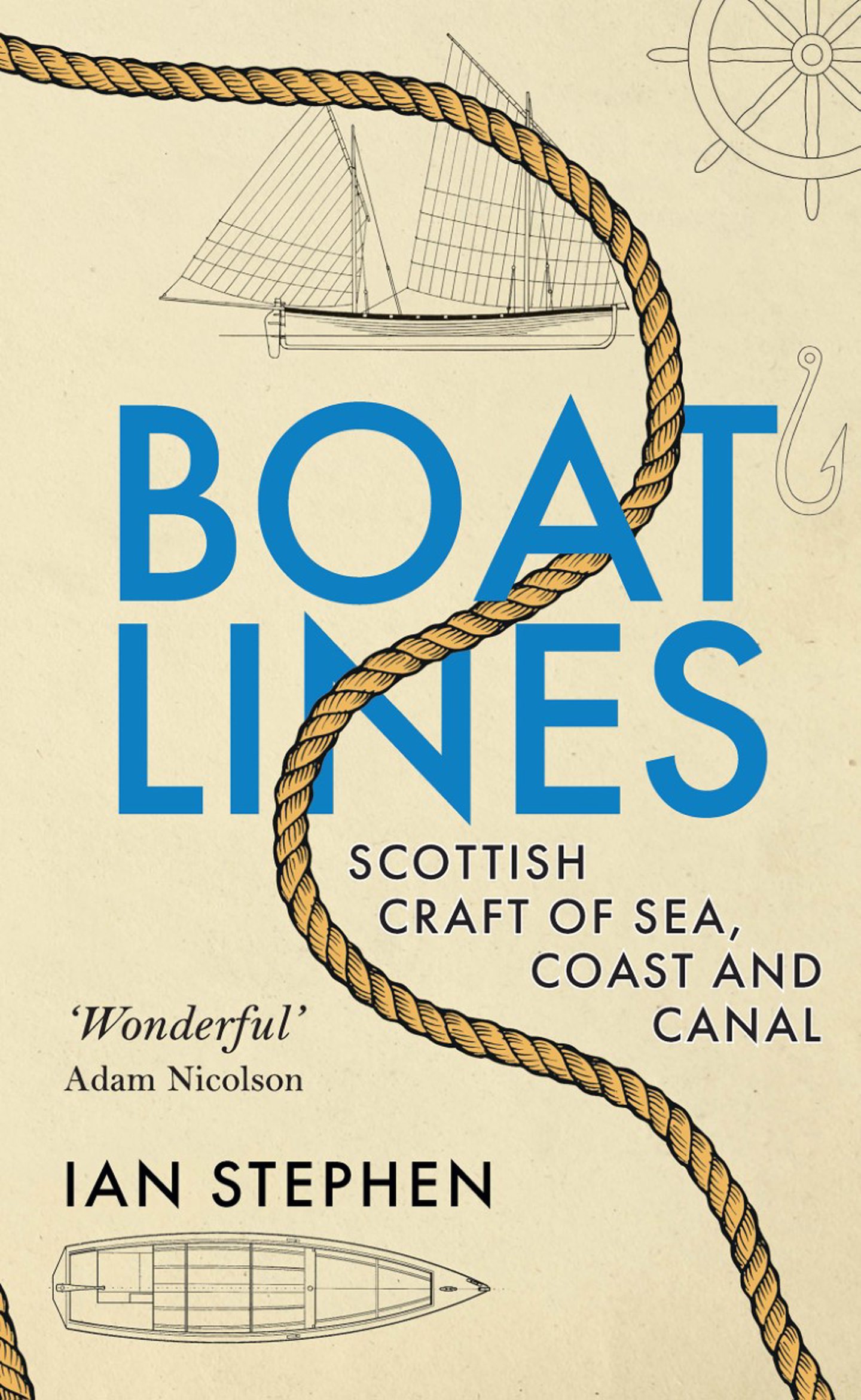Ian Stephen is in thrall to the sea and the myriad types of boats which have plied Scotland’s waters for centuries.
Whether it’s the galleys which served the medieval Lords of the Isles or the great fishing fleets, canal barges and pleasure steamers which catered for different needs, the Stornoway-based writer, artist and storyteller from Lewis is a champion of the country’s maritime tradition. He has first-hand experience of sailing, 15 years’ involvement with the Coastguard service, and won the inaugural Robert Louis Stevenson award in 1995.
Ian Stephen’s New Book
So who better to chronicle Scotland’s Boatlines? His new book, which paints a vivid picture of the compelling bonds between humans and nature, allied to copious anecdotes about the vessels themselves, those who built them, sailed in them, and the many communities they served, where fishing and sailing was a way of life and death.
As a former student at Aberdeen University, Ian has grown up in environments where harbours are an essential part of one’s existence and his new work – which contains many wonderful illustrations by his wife, Christine Morrison – is an evocative love letter by a man for whom the sea has been a constant feature in his past and present.
He doesn’t glamorise it on his journey and doesn’t gloss over the risks taken by those who willingly head off into the great blue yonder. But nor does he portray his setting in the testosterone-fuelled terms so often used by other writers of naval literature.
Women were at the heart of things
As he said: “This was never only a man’s world. The herring industry could not have happened without the women who gutted one per second and mended the torn, dark cotton miles of nets”.
Ian believes that even now, with faster means of travel available and the decline of traditional industries, many Scots are still conscious of the comings and goings of boats.
Most harbours now have a larger part devoted to leisure craft – but these also contribute to the local economy.
Ian added: “Take a town like Wick, once the greatest herring port in Europe. It is strategic for sailing the North Sea, but also significant in our moves to develop more sustainable energy. So it’s not all about bonny vessels to look at.”
These vessels are in our blood
He vividly remembers arriving in Stromness after a fast night-passage in the north Lewis sgoth [skiff] called Jubilee. And recalls the privilege and pleasure of joining the Scottish Fisheries Museum’s Reaper for a trip, which convinced him of the tremendous power and beauty of the large classes of herring drifters.
These pages are packed with accounts of how Ian must go down to the sea again. The words will resonate with anybody who has ever read John Masefield’s poetry and thought about “the wheel’s kick and the wind’s song and the white sail’s shaking”.
Boatlines is published by Birlinn on March 2.



Conversation